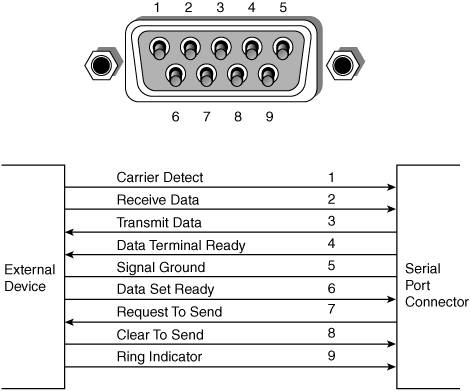Efm32 Usb Cdc Serial Port Device Скачать
Posted By admin On 04/03/18Lufa-efm32: LUFA port to Silabs. Implementing USB communication device class (CDC) on EFM32. Emulates a serial COM port on PC that supports the CDC Abstract. Mar 03, 2015. EFM32 MCU over a USB/CDC. USB virtual serial port code from the sample project an0042_efm32_usb_uart_bootloader, Windows 7 could not find a device. Thesycon's device driver for USB CDC/ACM compliant devices a serial port emulation on Windows 10, 8.1, 8 and 7 by implementing a serial link emulation protocol on USB.
Niclas Lindblom Sr. FAE at Percepio Not that long-ago, developers thought that a high-level language was not really needed when building embedded applications. Writing a good UART driver in assembler was done in only a day or two, so why bother with C? Besides, even if you wrote in C, who could trust that the generated code did exactly what was intended? However, faster processors and better compilers, together with more complex system demands made higher abstraction necessary, and thus C/C++ became the standard development language.
At the same time, debugging tools also evolved to support the new abstraction level, by allowing for source-level debugging. This did not replace the low level views of assembly code and register contents, but the source view became the standard debugging perspective. After all, it is quite natural to debug on the same abstraction level as you develop. Today the use of an RTOS is increasingly common, as they often greatly facilitate development of the increasingly complex systems we design today. When introducing an RTOS, we raise the abstraction level once again, much like when introducing a high-level language.

An RTOS is a very special piece of software. It controls the execution of the other software modules, as seemingly parallel tasks. Moreover, it may suspend the running task at any time and switch to another task, depending on their priority and operations. How do you debug a system where an RTOS decides what part of the software to run at any given time?

Placing a breakpoint in a function will work fine, but what will be executed next time the system takes a step? The next line in the same function? Karaoke Revolution Party Rapidshare Free. Part of the RTOS Kernel? How do you decide which priorities to use and how do you detect if this decision is wrong? And how do you know if the system executes the way you intended? For these and many other questions we have developed Tracealyzer for µC/OS-III, a software tracing tool with RTOS awareness and powerful visualization.
This works as a complement to traditional debugging tools, providing a timeline at the RTOS level that greatly facilitates debugging, validation, and performance optimization. In short: better insight into RTOS-based firmware, enabling higher quality software in shorter time. The software consists of two parts, the trace recorder library that is added to the embedded RTOS firmware, and Tracealyzer, the analysis and visualization software. Tracealyzer provides more than 25 different views showing the actual behavior of your system at the RTOS level, i.e., the real-time execution of the tasks, the amount of CPU time used by each task over the timeline, and all events from RTOS service calls.
The Trace Recorder The recorder library is the target-side component of Tracealyzer. The recorder has two different modes: in snapshot mode it keeps the recorded data in an internal ring-buffer, while in streaming mode the data is transferred continuously to the host PC. The default setup is the snapshot mode. It is highly optimized for memory efficiency and typically only uses 4 bytes per event. This allows for keeping a decent trace even if your MCU only has a few KB of RAM available. The other method, to continually send the data to the debug PC is called Streaming mode.